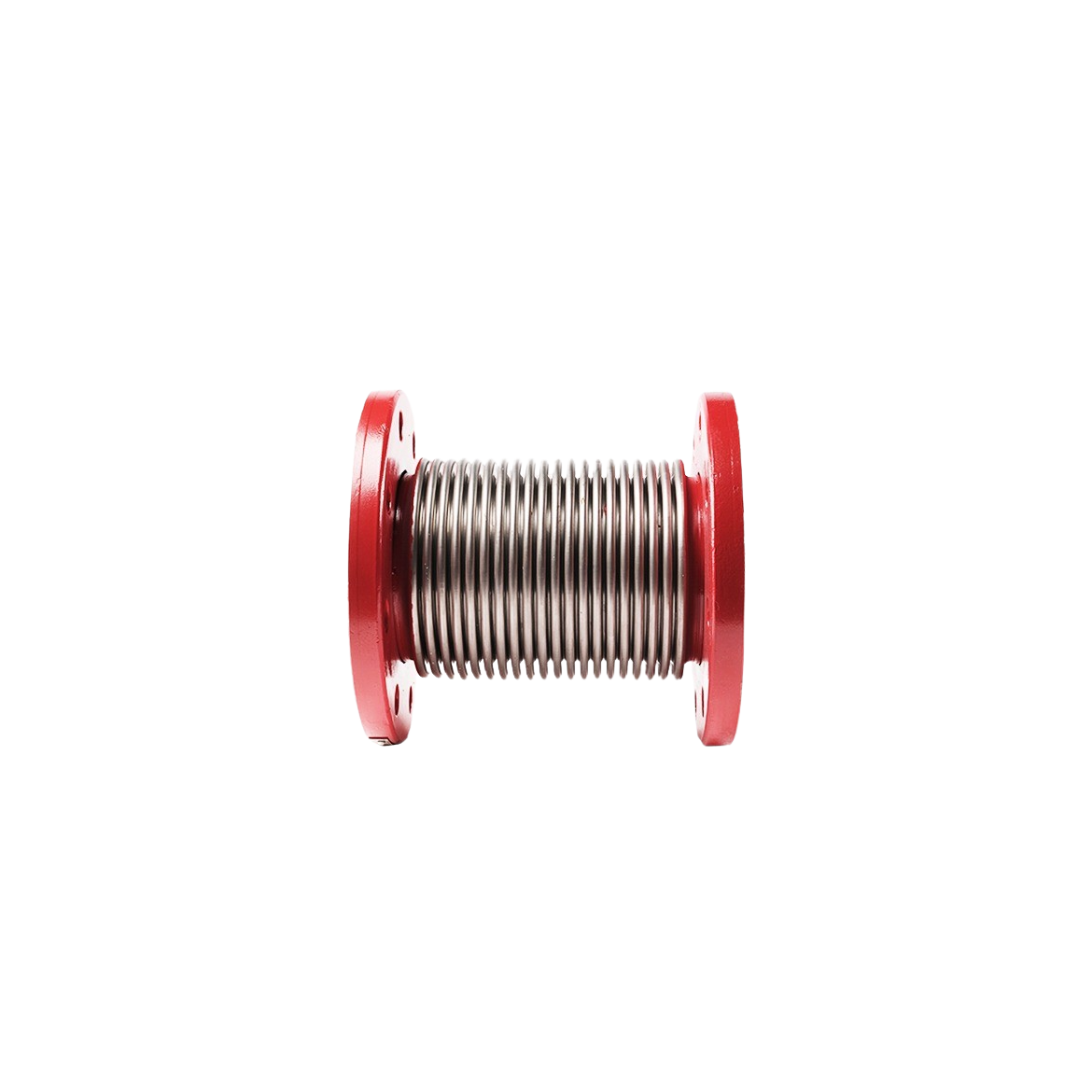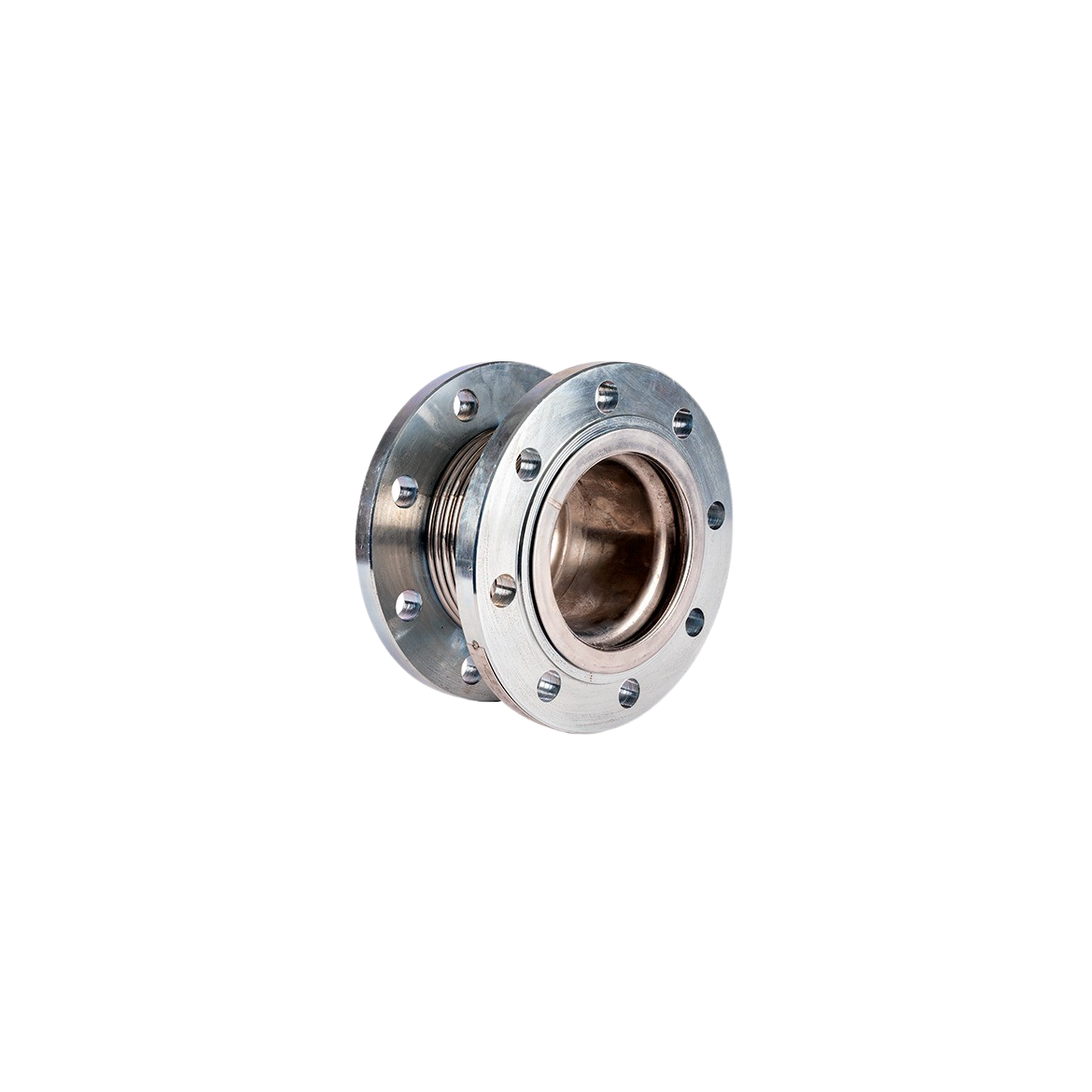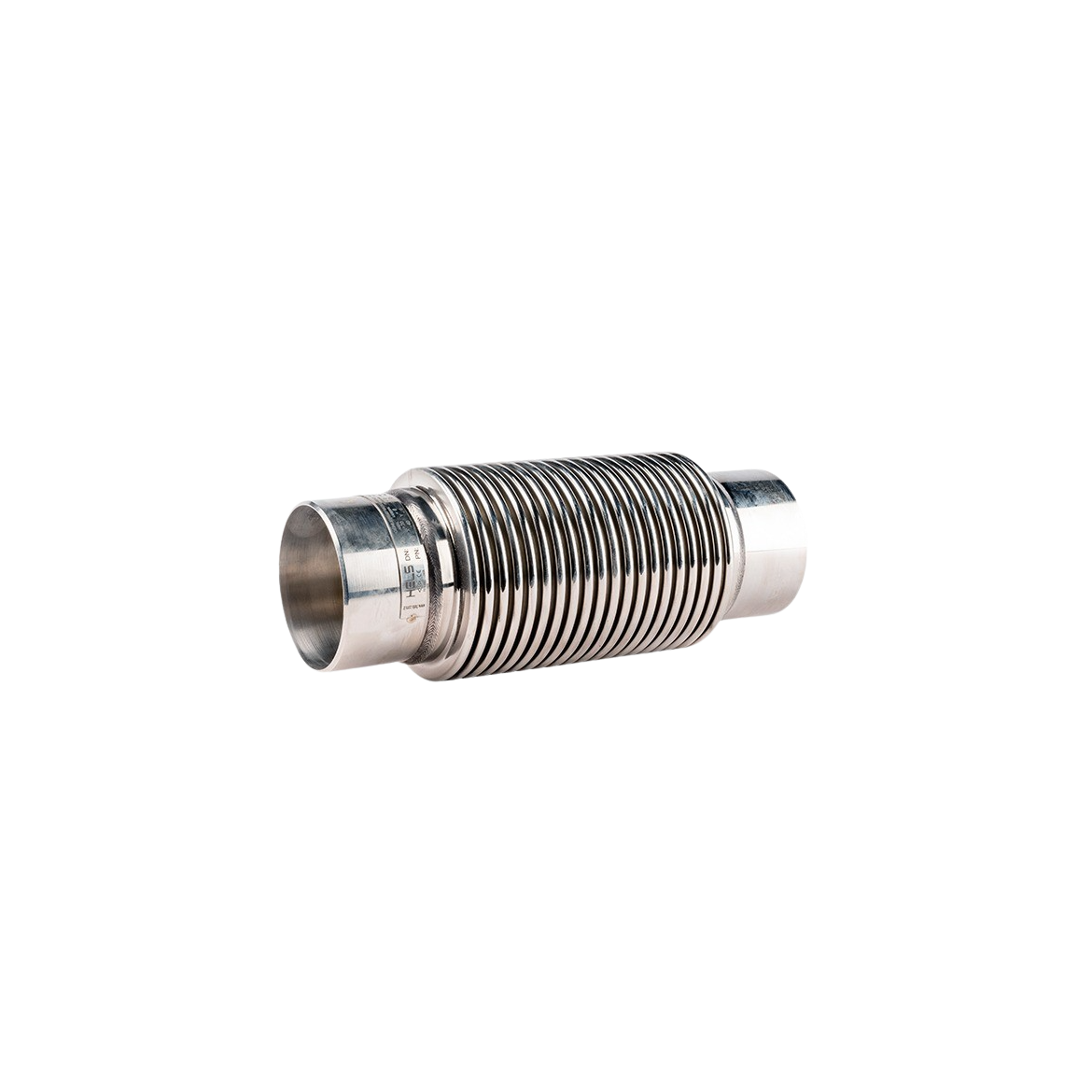How do axial expansion joints work?
Axial expansion joints use a flexible, single‑ or multi‑ply stainless steel bellows to absorb changes in pipe length caused by thermal expansion or contraction. The bellows compresses or extends along the pipe’s axis, preventing stress on piping, welds, and connected equipment. Available with flanged, weld‑end, or grooved connections, they can be fitted with internal liners for high‑velocity flow or external covers for mechanical protection.
Advantages of axial expansion joints...
• Absorbs axial thermal movement
• Prevents piping and equipment damage
• Reduces need for expansion loops
• Compact, low‑maintenance design
• Prevents piping and equipment damage
• Reduces need for expansion loops
• Compact, low‑maintenance design
Technical Parameters:
Typically ±25 mm to ±100 mm axial movement (larger on request)
Standard: DN25–DN1000 (1″–40″) Custom builds up to DN4000 (160″) available for large‑scale applications
Flanged (drilled to EN/ASME standards) Weld‑end (butt or socket) Grooved ends
Single‑ply or multi‑ply stainless steel bellows, Multi‑ply design increases flexibility and fatigue life
Designed for thousands of thermal cycles, depending on movement magnitude and operating conditions
Bellows: stainless steel 304/321/316L, End fittings: carbon steel, stainless steel, alloy steels
Internal flow liners - protect bellows from erosion/turbulence in high‑velocity service, External covers - shield bellows from mechanical damage, Tie rods or limit rods - control movement and prevent over‑extension
Industry Application:
Media Type:

















